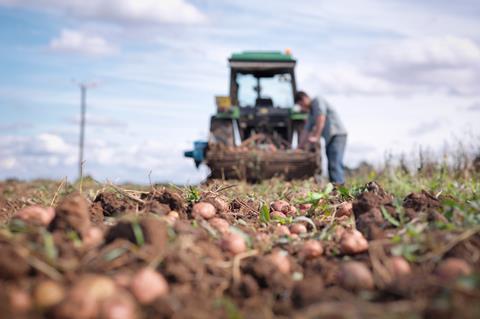
The UK could lose almost a quarter of its current farmed land by 2050, with a “significant decline in food self-sufficiency”, unless “urgent steps” are taken to balance land use, environmental goals and food production, a new report has warned.
Already declining land use – which had fallen by 4.4% between 2000 and 2024 – could accelerate further under “business as usual” conditions by the middle of the century, found think tank Science for Sustainable Agriculture’s UK Food Security – Outlook to 2050 report.
Under a full implementation of the government’s current land use, environmental and net zero policies, however, the situation could become even worse. As much as 23% of farmland (representing 3.96 million hectares) would be set to disappear by 2050, warned the study.
Most of this land would be high-value arable land, added the report, which draws on government data and was compiled by former NFU and CLA chief economist Dr Derrick Wilkinson.
And in a high net migration scenario with a UK population of 80 million in 2050 – without radical farming and land use policy change to boost agricultural yields – the amount of food produced on UK farms was projected to fall by over 32%, it found, with “food demand continuing to grow as farmland shrinks”.
Such a fall in UK primary agricultural production implied that domestic food security levels could fall significantly from the 60% level it currently stands at by 2050, “dramatically increasing our dependence on food imports”.
Greater reliance on food imports, could, as a result, “expose UK households to higher prices and global supply disruptions, particularly affecting lower-income groups”, the study suggested. “It would also off-shore the environmental footprint of our food supply, with potentially even greater biodiversity and climate impacts elsewhere.”
Read more: Most farmers anxious in extreme weather, research finds
UK agricultural production per hectare had actually increased by 15% between 2000 and 2024 due to yield improvements. However, the overall rise in aggregated food production was limited to 10% because of the decline in farmland area, the report revealed.
As the UK population had increased from 59 million to 68 million in the past 25 years, this equated to a 5% fall in domestic food production per capita, and a 12% decline in self-sufficiency in primary agricultural products over the period.
Looking ahead, the report highlighted how competing land-use demands – for housing, solar energy, tree planting, biodiversity restoration and carbon sequestration – threatened to displace food production at an “unprecedented scale”.
And while “recognising the importance of environmental and climate goals”, the report cautioned that current approaches could undermine food security by reducing farmland without compensating gains in agricultural yields and productivity.
Read more: Riverford Organic Farmers calls out supermarkets for importing produce in the British season
“We are struggling to keep up with the loss of farmland over the past 25 years,” said Wilkinson.
“New demands for land to address environmental concerns, coupled with rising food demand from a growing population, mean that we must find innovative ways of producing more food from the land we have left,” he warned.
“The rate of growth in agricultural yields and output has slowed markedly over the past 10 to 15 years due to a range of factors, including challenges of extreme weather and a greater focus on production-limiting farm policy incentives. Boosting yields on remaining farmland is essential if we are to meet net zero and biodiversity goals without jeopardising food security.”





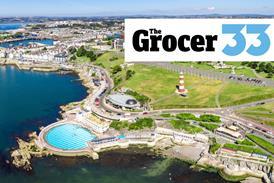
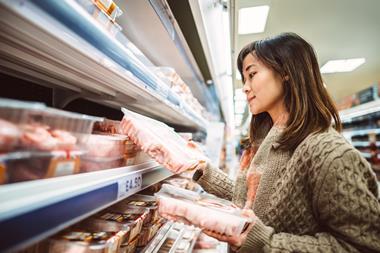
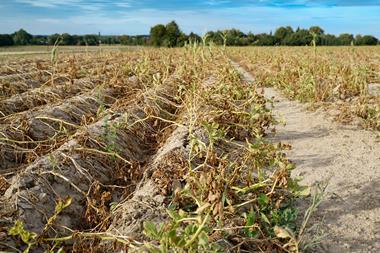
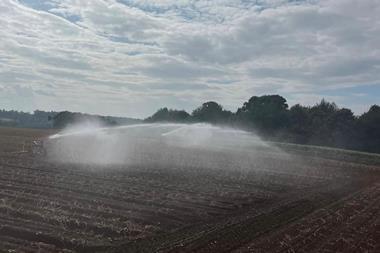
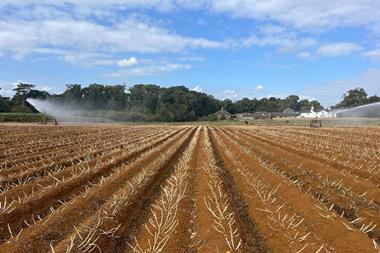
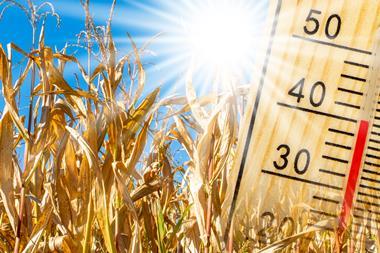
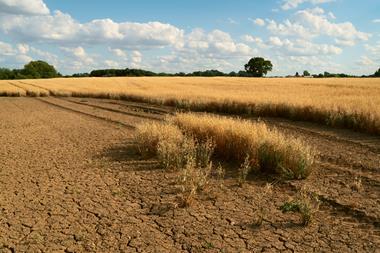


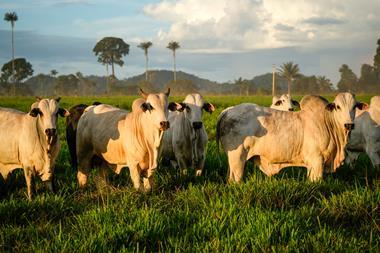

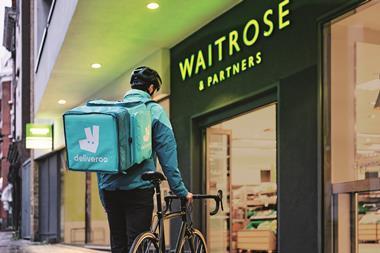
No comments yet